A multi-objective programming model for wildlife and human rights based on ridge regression
DOI: 10.23977/erej.2023.070307 | Downloads: 18 | Views: 1260
Author(s)
Erwen Xu 1, Xuejing Zhang 2, Yu Xia 1
Affiliation(s)
1 School of Mathematics, Hangzhou Normal University, Hangzhou, 311121, China
2 School of Physics, Hangzhou Normal University, Hangzhou, 311121, China
Corresponding Author
Yu XiaABSTRACT
Wildlife sanctuaries have been established all over the world to protect wild animals and other natural resources, but there have been serious conflicts between people and wildlife in Africa near sanctuaries. We chose Kenya's wildlife reserves as our research object, created the indicator framework needed for wildlife and natural resource protection research, and quantified the relationship between indicators using fitting methods like ridge regression. We built a multi-objective planning model on this foundation, used a grid method for regional planning, and developed an improved policy plan. The findings show that residents of wildlife reserves can be most effectively compensated for the loss of development interests by the government's reasonable social welfare security system. Furthermore, the local area should return farmland to forests, strictly prohibit smuggling, and encourage the development of distinctive low-carbon industries to achieve both ecological and economic benefits.
KEYWORDS
Multi-objective programming, Ridge regression, Regional rasterization, Polynomial fittingCITE THIS PAPER
Erwen Xu, Xuejing Zhang, Yu Xia, A multi-objective programming model for wildlife and human rights based on ridge regression. Environment, Resource and Ecology Journal (2023) Vol. 7: 55-64. DOI: http://dx.doi.org/10.23977/erej.2023.070307.
REFERENCES
[1] KWS, (2014) Protected areas and status of wildlife. Unpublished.
[2] Srivathsa A, Vasudev D, Nair T, et al. Prioritizing India’s landscapes for biodiversity, ecosystem services and human well-being [J]. Nature Sustainability, 2023: 1-10.
[3] Okech R N. Wildlife-community conflicts in conservation areas in Kenya [J]. African Journal on conflict resolution, 2010, 10(2).
[4] Snider, Ryan Austin. (2012). “Land Tenure, Ecotourism, and Sustainable Livelihoods: 'Living on the Edge' of the Greater Maasai Mara, Kenya.”
[5] Van der Vaart E, Beaumont M A, Johnston A S A, et al. Calibration and evaluation of individual-based models using Approximate Bayesian Computation [J]. Ecological Modelling, 2015, 312: 182-190.
[6] Shah P, Mukhovi S M. Benefits of Protected Areas to Adjacent Communities: The Case of Maasai Mara National Reserve in Kenya [J]. Africa Journal of Physical Sciences ISSN: 2313-3317, 2019, 3.
[7] Kunegel-Lion M, Neilson E W, Mansuy N, et al. Habitat quality does not predict animal population abundance on frequently disturbed landscapes [J]. Ecological Modelling, 2022, 469: 109943.
[8] Reid R S, Nkedianye D, Said M Y, et al. Evolution of models to support community and policy action with science: Balancing pastoral livelihoods and wildlife conservation in savannas of East Africa [J]. Proceedings of the National Academy of Sciences, 2016, 113(17): 4579-4584.
[9] Newbold T, Hudson L N, Hill S L L, et al. Global effects of land use on local terrestrial biodiversity [J]. Nature, 2015, 520(7545): 45-50.
[10] Dickman A J. Complexities of conflict: the importance of considering social factors for effectively resolving human–wildlife conflict [J]. Animal Conservation, 2010, 13(5): 458-466.
[11] Broekhuis F, Cushman S A, Elliot N B. Identification of human–carnivore conflict hotspots to prioritize mitigation efforts [J]. Ecology and evolution, 2017, 7(24): 10630-10639.
[12] Venter O, Magrach A, Outram N, et al. Bias in protected‐area location and its effects on long‐term aspirations of biodiversity conventions [J]. Conservation Biology, 2018, 32(1): 127-134.
[13] Copeland C, MacKerron G, Foxon T J. Futures for Findhorn: Exploring challenges for achieving net zero in an ecological intentional community [J]. Futures, 2023: 103155.
[14] Mubarok Z. Illegal, unreported and unregulated fishing and transnational organized fisheries crimes: Perspectives of legal and policy measures of Indonesia [J]. 2019.
| Downloads: | 5909 |
|---|---|
| Visits: | 433405 |
Sponsors, Associates, and Links
-
International Journal of Geological Resources and Geological Engineering
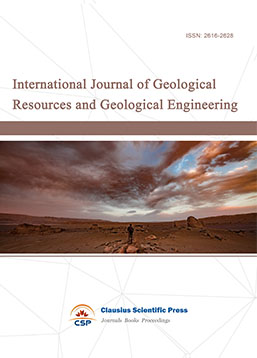
-
Big Geospatial Data and Data Science
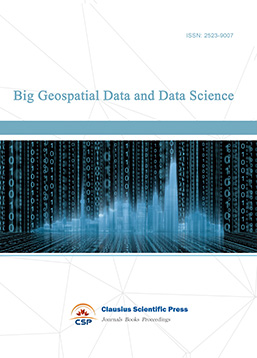
-
Solid Earth and Space Physics
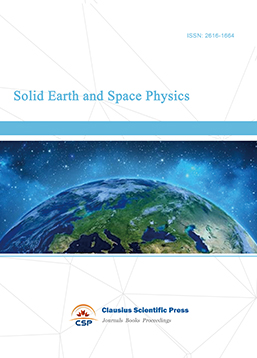
-
Environment and Climate Protection
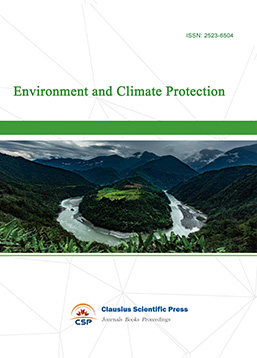
-
Journal of Cartography and Geographic Information Systems
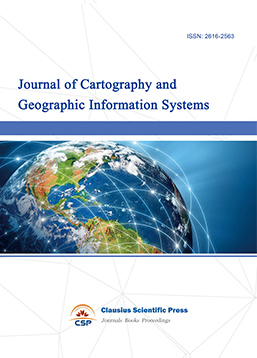
-
Offshore and Polar Engineering
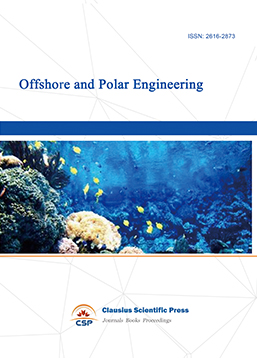
-
Physical and Human Geography
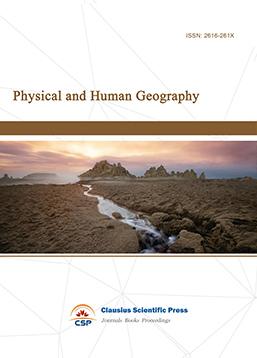
-
Journal of Atmospheric Physics and Atmospheric Environment
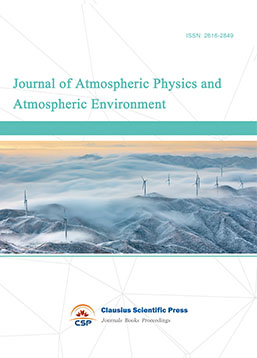
-
Trends in Meteorology

-
Journal of Coastal Engineering Research

-
Focus on Plant Protection

-
Toxicology and Health of Environment
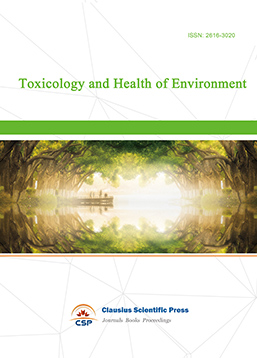
-
Geoscience and Remote Sensing
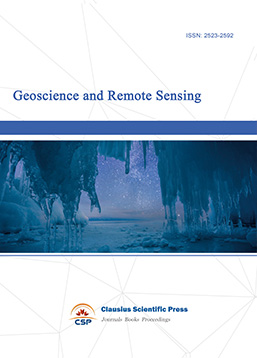
-
Advances in Physical Oceanography
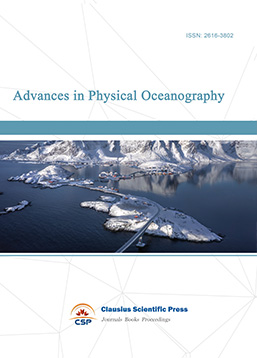
-
Biology, Chemistry, and Geology in Marine
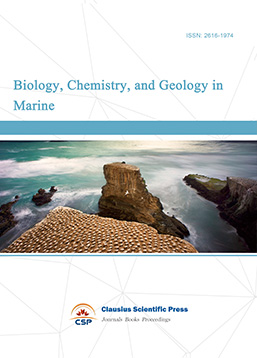
-
Water-Soil, Biological Environment and Energy
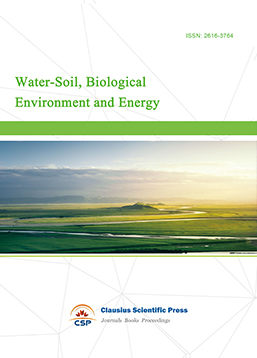
-
Geodesy and Geophysics
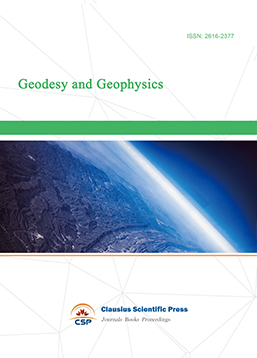
-
Journal of Structural and Quaternary Geology

-
Journal of Sedimentary Geology
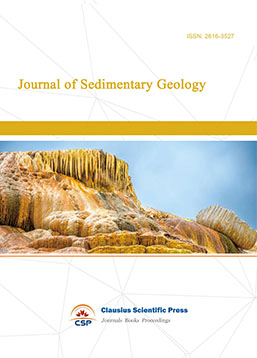
-
International Journal of Polar Social Research and Review
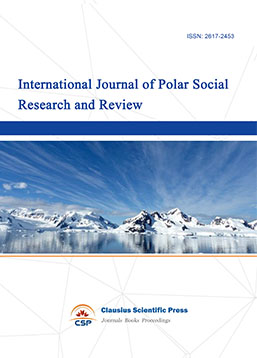

 Download as PDF
Download as PDF